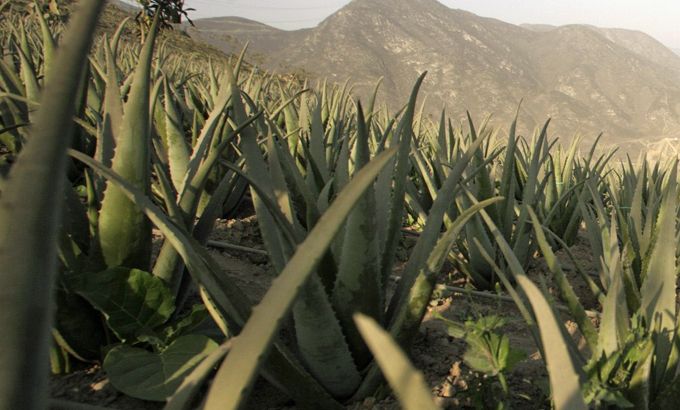
How would nature do it?
South2North examines the science of biomimicry and how innovation can be inspired by nature.
| No subject is off limits in the first ever global talk show hosted from Africa in which Redi Tlhabi talks frankly to inspiring and intriguing personalities from across the world. |
The science of biomimicry, or bionics, is advancing new ways of tackling modern issues of medicine, food security and waste removal by observing the processes in nature that deal with the same problems. For example, what is it about the surface of an aloe plant that allows it to stay clean even if it grows in mud?
Nature may have been around for billions of years, but the science of mimicking it is new. Harvard University recently invested hundreds of millions of dollars in an institute dedicated to biomimicry and, in Africa, Nigeria has announced it wants to build a whole city based on biomimicry principles.
On this episode of South2North, Redi Tlhabi speaks to three men who are changing the way we look at innovation by looking to nature for inspiration.
Professor Gunter Pauli is a UN advisor and holds professorships at universities across the world, including the prestigious Tohoku University in Japan. He has authored 20 books including his bestseller The Blue Economy.
“Everything we need has actually been resolved by natural systems long before we came around … There are some very basic observations we can make, like in nature no-one is unemployed … So if you go and look at nature we see that there is always energy around, everywhere, locally supplied, and you don’t need to be connected to the grid and you don’t need back-up batteries,” he says.
Pauli explains that the green economy is not efficient because it is not accessible to everyone. “Whatever is bad for you is cheap. Whatever is good for you is expensive.”
Gamelilhle Sibanda is on a quest to design Africa out of poverty. Sibanda is a civil engineer and biomimicry professional with experience working for humanitarian organisations across the continent.
“How would nature do it?” is how Sibanda explains his biomimicry ethic. For example, waste from an abattoir can be used to breed fly maggots to make money out of unusable by-products. These maggots are then flushed with saltwater which makes them excrete an enzyme that accelerates the body’s ability to heal wounds.
Also joining South2North is Michael Pearce, an African architect who saw the potential in mimicking nature long before his peers. Zimbabwean by birth, Pearce has undertaken projects across the world. He recently arrived back from China where he has been advising one of the world’s biggest developers on how to build energy-efficient apartments.
Pearce designed the Eastgate building in Harare, Zimbabwe, after noting during a David Attenborough documentary that termite mounds can control their internal humidity and temperature, even when the external temperature changed dramatically.
“They thought I was a bit mad actually, but it began to make sense the more we got into it. I mean the point is that when humans occupy a building they give off heat, we are hot-blooded animals, 80 percent of our energy is dispersed in the form of waste heat … You see the building not as a form, as a lump of concrete, but as an extension of our metabolism.”
South2North can be seen each week at the following times GMT: Friday: 1930; Saturday: 1430; Sunday: 0430; Monday: 0830. |
